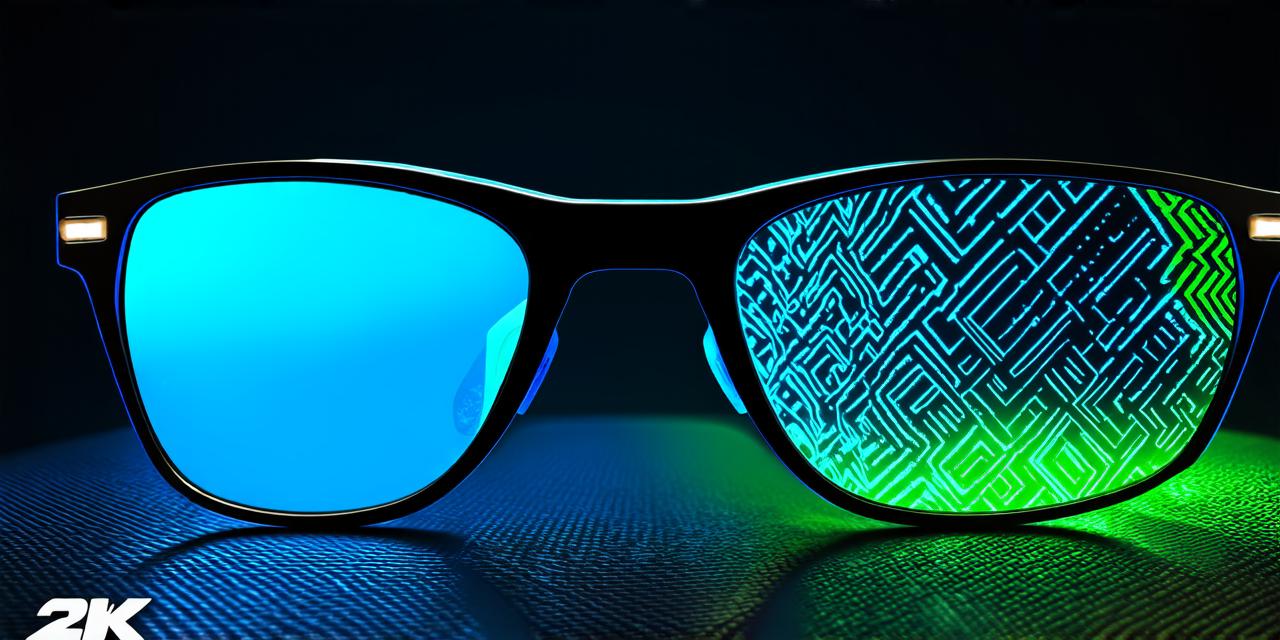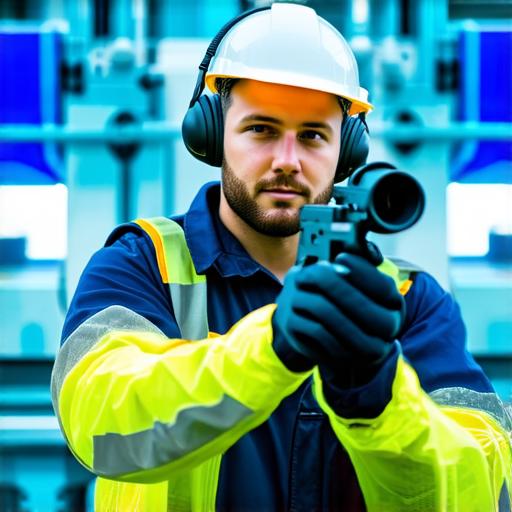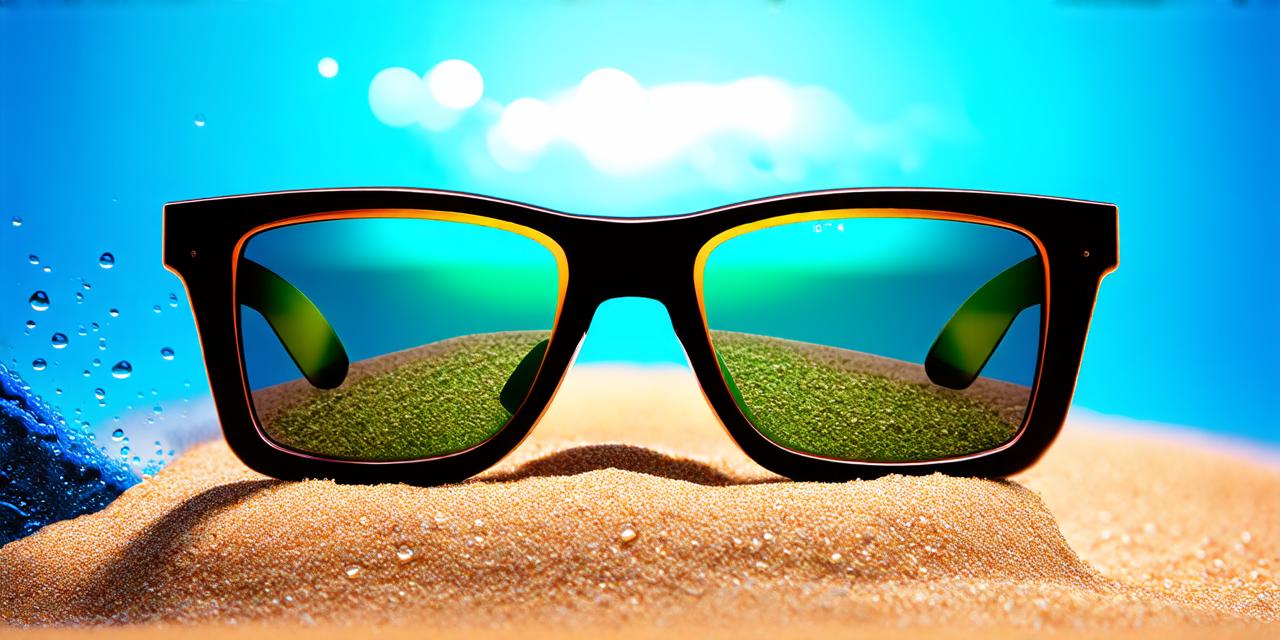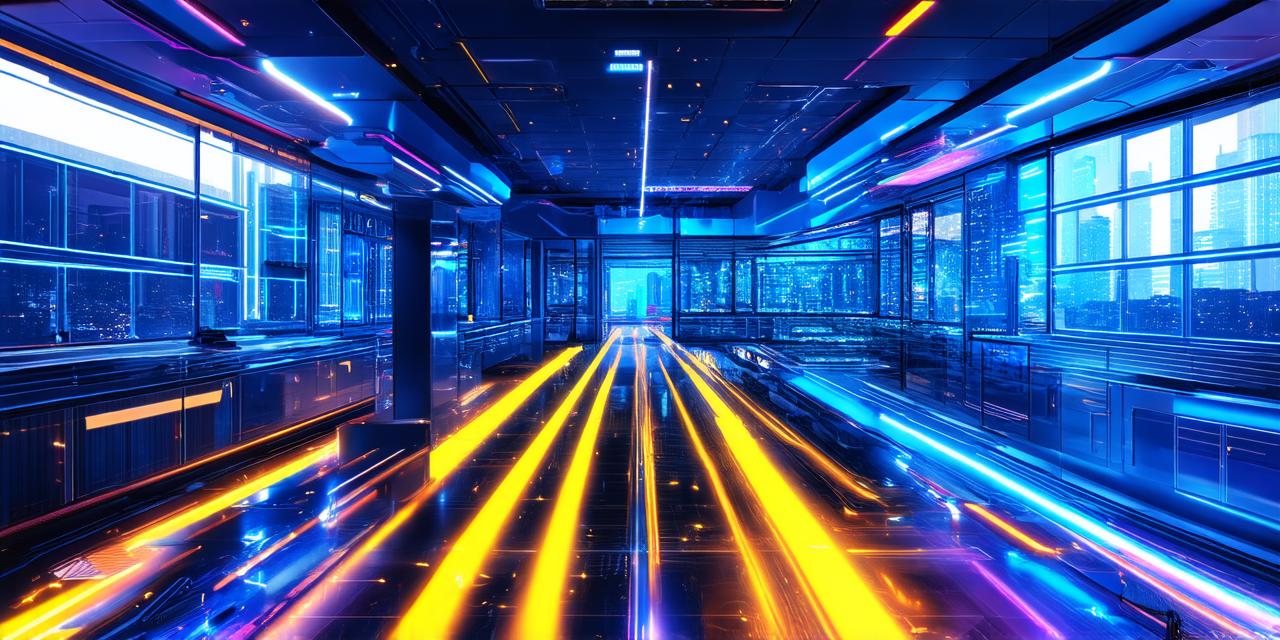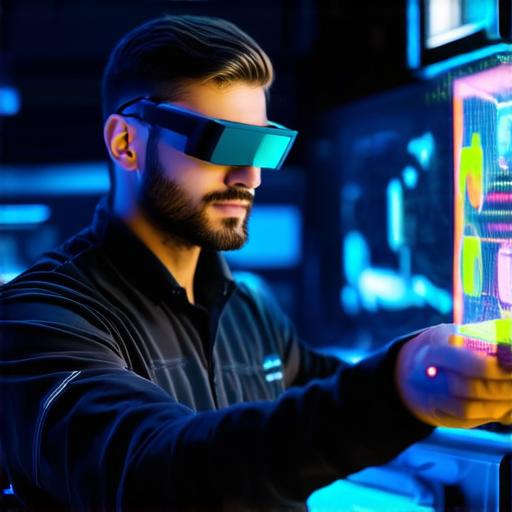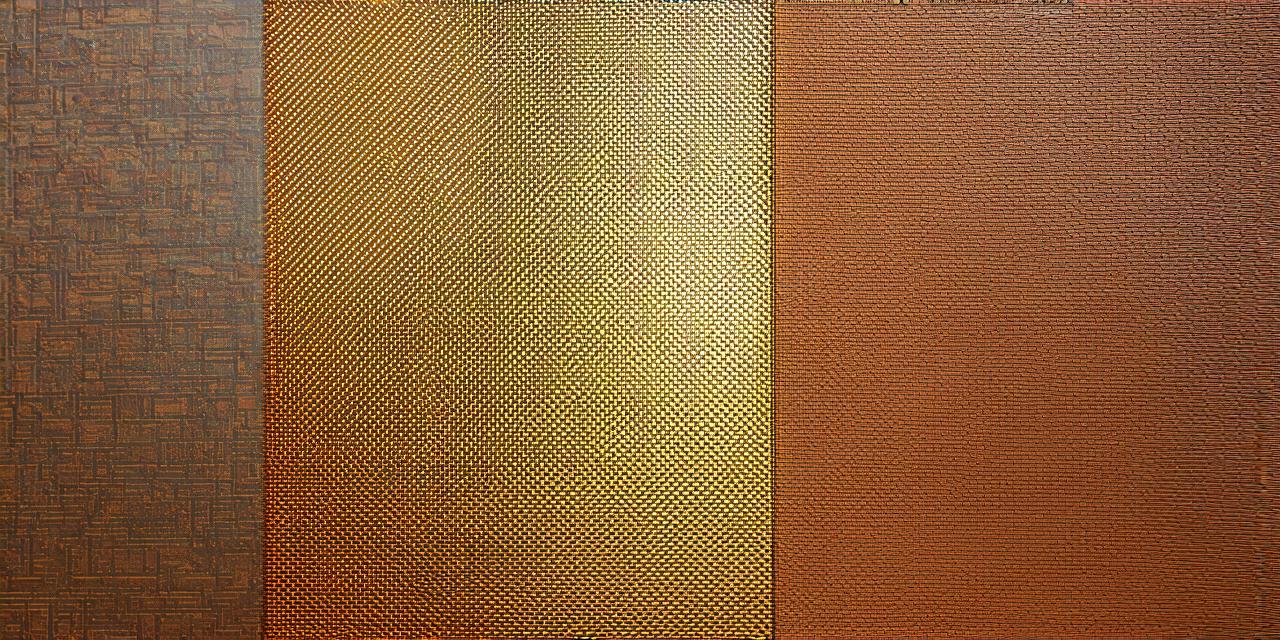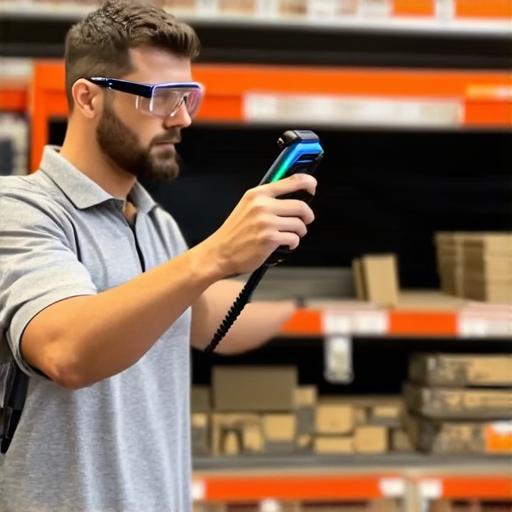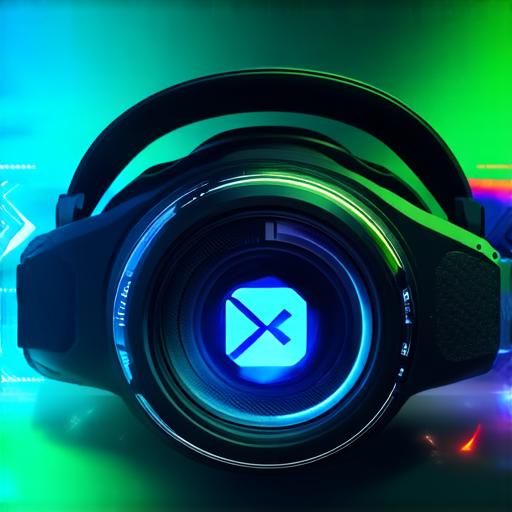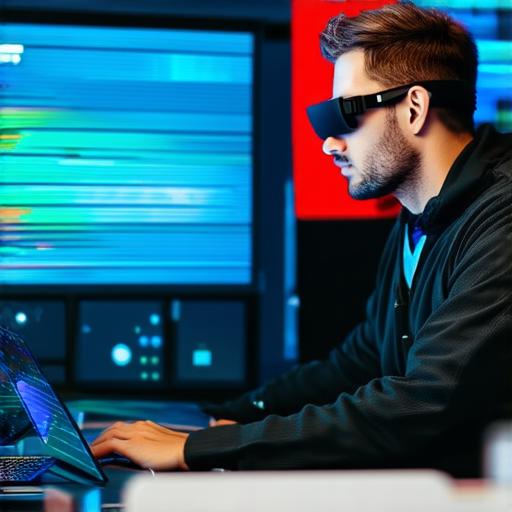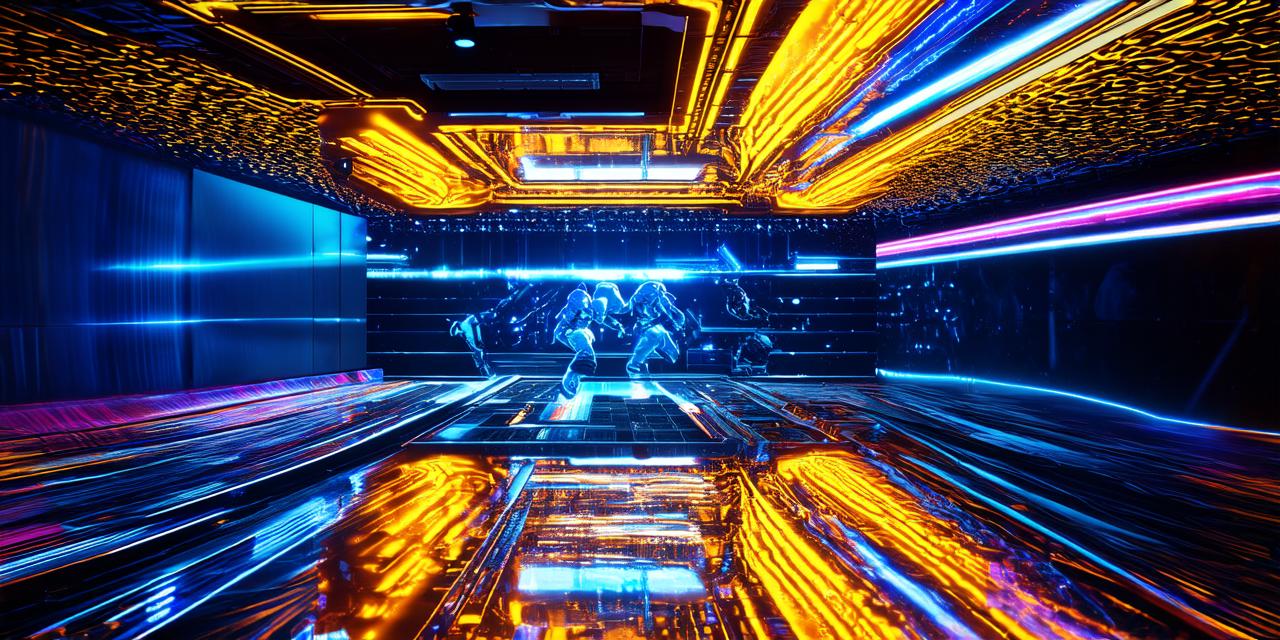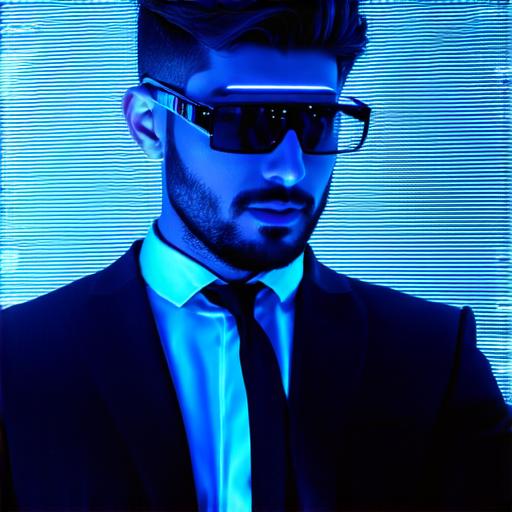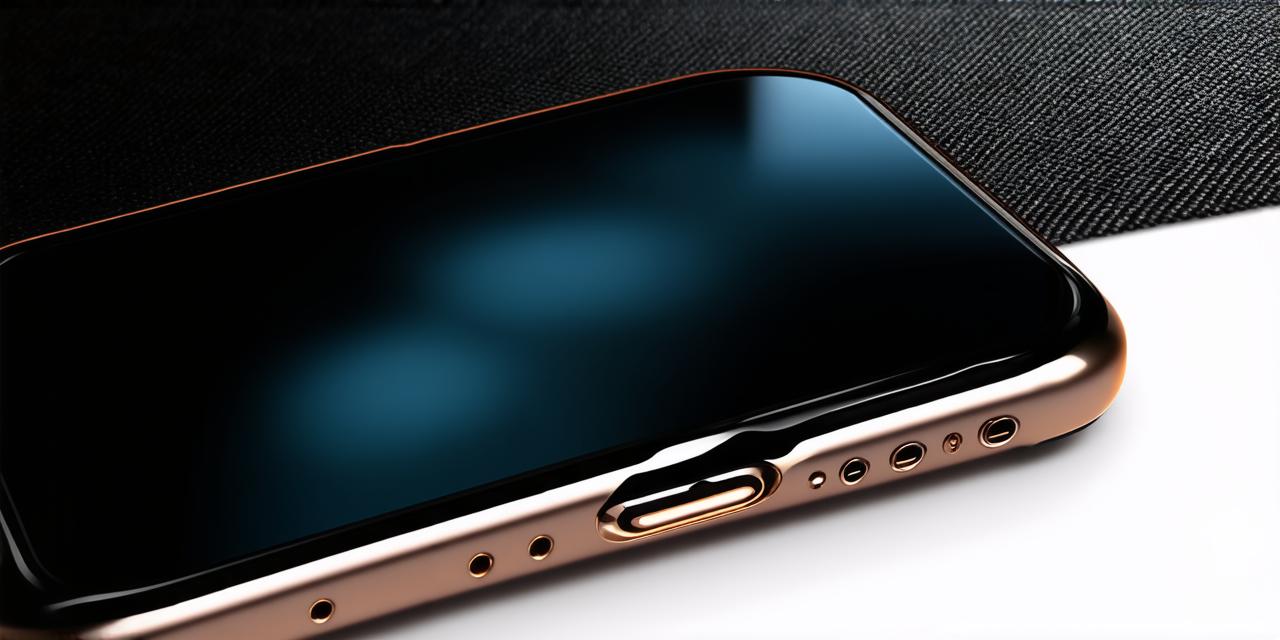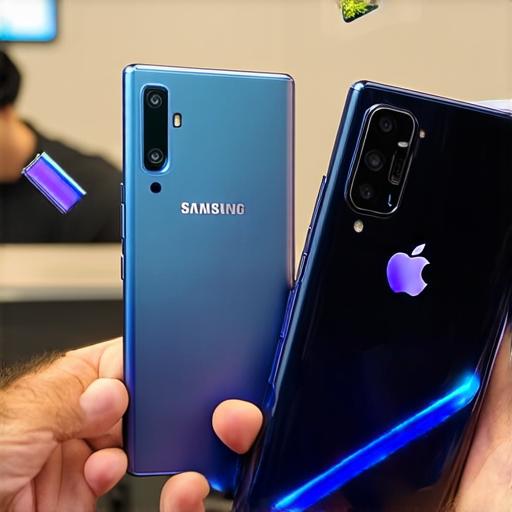What are some examples of augmented reality?
Augmented reality (AR) is a transformative technology that has the potential to revolutionize many industries, including gaming, education, retail, healthcare, and more. AR technology allows digital content to be superimposed on the real world, creating a new and interactive experience for users.
1. Gaming
Gaming is one of the most well-known applications of AR technology. AR games allow users to interact with virtual objects in their real-world environment, creating an immersive and engaging experience. One of the most popular AR games is Pokemon Go, which uses GPS data to track players’ location and superimposes virtual creatures on their real-world surroundings.
This game has become a cultural phenomenon, with millions of people around the world playing and exploring their cities through this interactive experience.
Another example of an AR game is Ingress, which was developed by Google. In this game, users must capture “portals” in their physical environment, which are virtual markers placed on real-world objects such as buildings or benches. The game requires players to use their smartphones to scan the real world and identify these portals, which can be used to gain points and advance through levels.
In addition to these games, many companies are now using AR technology to create virtual try-on experiences for clothing and makeup.
For example, Sephora’s Virtual Artist app uses AR technology to allow customers to see how products would look on their face before they buy them. This can be especially useful for customers who want to try out new shades of foundation or lipstick without committing to a purchase.
2. Education
AR technology can also be used in education to enhance learning experiences for students. For example, anatomy lessons can be brought to life by using AR technology to superimpose virtual organs on a 3D model of the human body.
This allows students to see and interact with the organs in a more realistic and immersive way, making it easier for them to understand complex concepts.
In addition to anatomy lessons, many other subjects can be taught using AR technology. For example, history lessons can be brought to life by overlaying digital information onto historical landmarks and monuments. This can help students learn more about the history and culture of the places they visit, while also creating a more engaging and interactive experience.
3. Retail
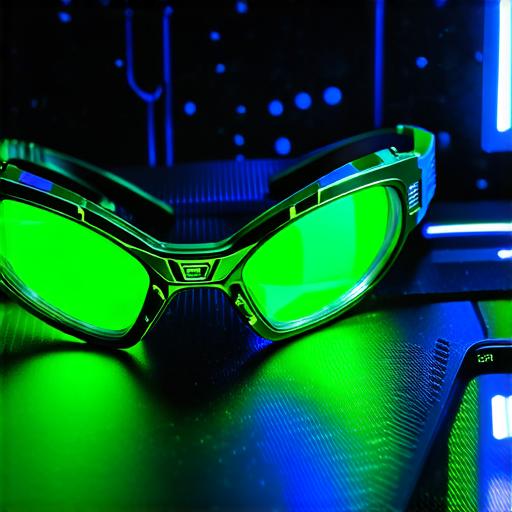
AR technology is also being used in retail to create new and interactive shopping experiences for customers. IKEA’s AR app, for example, allows users to see how furniture would look in their home before they buy it.
This helps customers make more informed decisions about their purchases and can lead to increased customer satisfaction. Other retailers are using AR technology to create virtual try-on experiences for clothing and makeup, allowing customers to see how products would look on them before they buy.
In addition to these experiences, some retailers are also using AR technology to create virtual showrooms for their products.
For example, the furniture retailer Wayfair has created an AR app that allows users to see how different pieces of furniture would look in their home before they buy them. This can help customers make more informed decisions about their purchases and can lead to increased customer satisfaction.
4. Healthcare
AR technology is also being used in healthcare to improve patient outcomes and reduce costs. For example, surgeons can use AR technology to overlay digital information onto a patient’s body during surgery, providing real-time guidance and improving accuracy.
This can lead to fewer complications and faster recovery times for patients. Additionally, AR technology can be used to monitor patients remotely, allowing healthcare providers to keep track of their vital signs and provide timely interventions when necessary.
In addition to these uses, AR technology is also being used in rehabilitation therapy.
For example, the company Vuforia has developed an AR app that can be used to help stroke victims regain their mobility. The app allows users to see virtual objects that they must move in order to complete tasks, which can help improve their balance and coordination.
5. Tourism
AR technology is also being used in tourism to create new and immersive experiences for travelers. For example, the AR app “Guide Me” allows users to see historical landmarks and monuments in a new way by overlaying digital information onto them.
This can help travelers learn more about the history and culture of the places they visit, while also creating a more engaging and interactive experience. In addition to these experiences, some companies are also using AR technology to create virtual tours of museums and other cultural institutions.
For example, the Louvre Museum in Paris has created an AR app that allows users to explore the museum’s exhibits in a more immersive way.
